News Beat
News Beat reporting is an idrw.org initiative to let our Readers to report News Based on Actual facts but some how has not been reported in Main Stream Media .
SOURCE: RAUNAK KUNDE / NEWS BEAT / IDRW.ORG
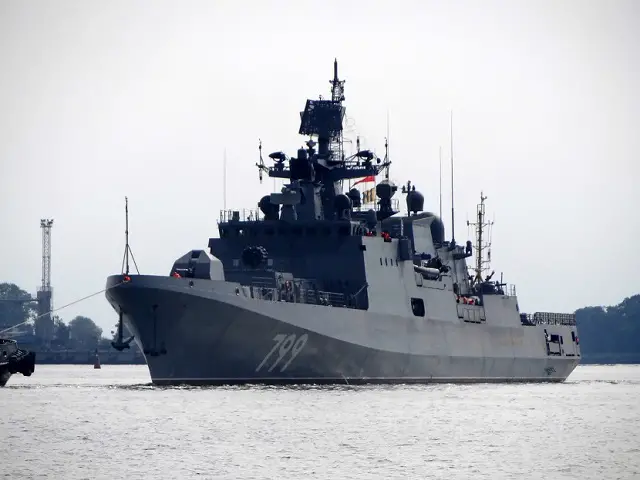
The construction of two frigates under the Russian-Indian Warship Project 11356M is progressing steadily and is poised to enter the trial phase with only minor deviations from the revised schedule. As preparations for factory short trials get underway, this joint venture between Russia and India is nearing a significant milestone that underscores the strength of the bilateral defence partnership.
The Project 11356M frigates, being constructed for the Indian Navy, have witnessed slight schedule adjustments, with some aspects experiencing delays of less than six months. Despite these minor deviations, progress remains steady, and the completion and trial schedule continues to be the guiding framework for the project.
Continue readingSOURCE: IDRW.ORG TEAM
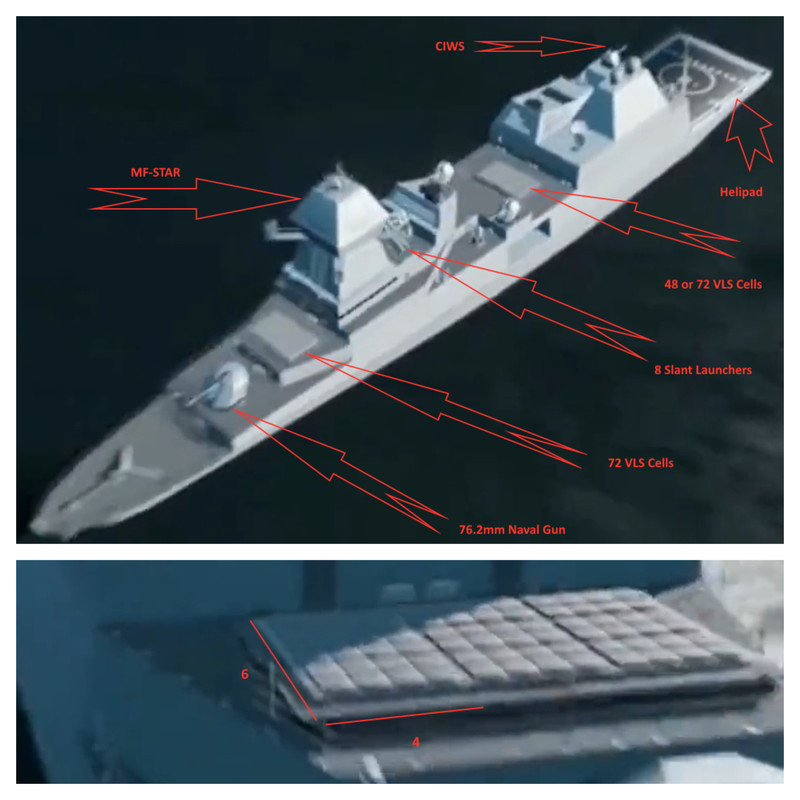
The Indian Navy is embarking on a monumental voyage of modernization with its ambitious Next-Generation Destroyer (NGD) program, colloquially dubbed Project 18. Set to reshape India’s naval capabilities, this endeavor envisions the procurement of eight NGD-class warships, organized into two batches of four each. The Indian state-owned shipyards, Garden Reach Shipbuilders & Engineers (GRSE) and Mazagon Dock Shipbuilders Limited (MDL), are at the forefront of this project, poised to undertake the local manufacture of these cutting-edge vessels.
While the NGD program remains in its conceptual studies phase, tantalizing details have emerged, offering a glimpse into the future of Indian naval warfare. A promotional video released last year provided a graphical rendition of a possible NGD concept, revealing a striking canister-based universal Vertical Launch System (VLS) configuration. This innovative design features 144 missile cells, organized in a three 6×4 VLS 2 layout, positioned at the bow and aft. Additionally, the NGD showcases eight slant launchers situated behind the main radar, potentially designated for the formidable BrahMos-2 anti-ship missile.
Continue readingSOURCE: RAUNAK KUNDE / NEWS BEAT / IDRW.ORG
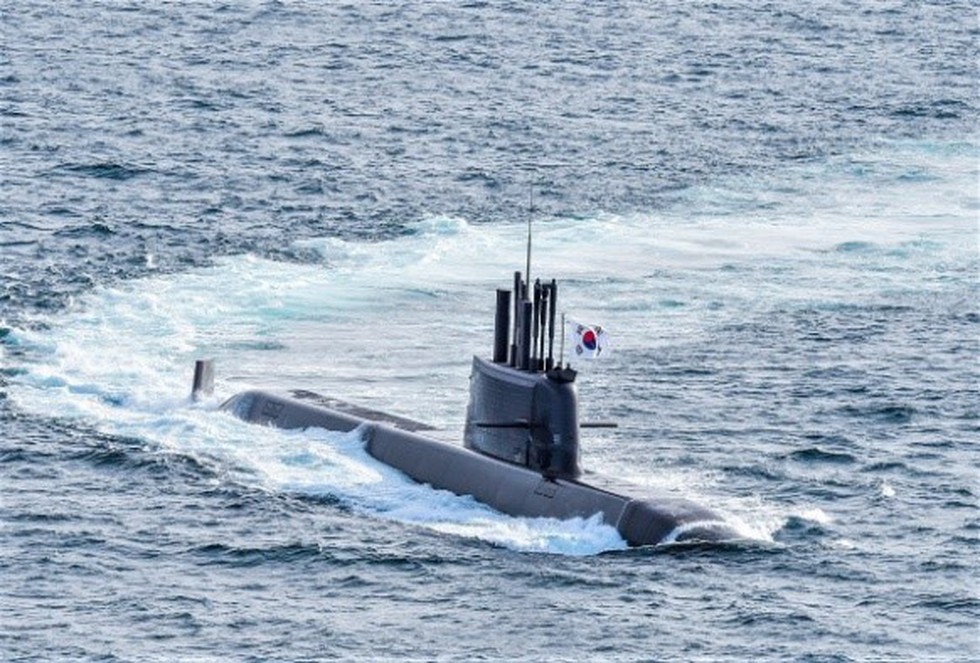
In a surprising turn of events, South Korea’s Hanwha Ocean Co has officially withdrawn from India’s high-stakes tender for Project-75I, dealing a significant twist to the competition for the acquisition of six next-generation diesel-electric submarines. The withdrawal of Hanwha Ocean Co underscores the dynamic nature of defence procurement processes and sets the stage for a fierce two-way competition between ThyssenKrupp Marine Systems (TKMS) of Germany and Spain’s state-owned Navantia.
The announcement of Hanwha Ocean Co’s withdrawal was confirmed by Sanjeev Singhal, Director (Finance) at Mazagon Dock Shipbuilders Limited (MDL). He revealed that initial talks were held between Hanwha Ocean Co and MDL regarding the potential collaboration on the KSS-III Batch-II submarines. These submarines boast cutting-edge features such as Fuel-Cell Air Independent Propulsion (AIP), highly efficient AC motors, and advanced Lithium-ion batteries. However, Hanwha Ocean Co later opted to withdraw from the tender process altogether.
Continue readingSOURCE: RAUNAK KUNDE / NEWS BEAT / IDRW.ORG

Bharat Heavy Electricals Limited (BHEL) has issued an Expression of Interest (EoI) for a technology tie-up related to the 155 mm / 52 Caliber Mounted Gun System (MGS). This strategic move underlines BHEL’s commitment to strengthening India’s defence infrastructure by seeking collaborations that foster indigenous technological innovation and self-reliance.
The Expression of Interest solicits responses from Original Equipment Manufacturers (OEMs) who are willing to engage in a Technology Collaboration Agreement (TCA) with BHEL. The objective of this collaboration is to jointly design, develop, engineer, manufacture, assemble, test, integrate, commission, maintain, operate, repair, overhaul/retrofit, service, troubleshoot, and ultimately sell the 155 mm / 52 Caliber Mounted Gun System (MGS).
Continue readingSOURCE: RAUNAK KUNDE / NEWS BEAT / IDRW.ORG

India’s quest for advanced military capabilities continues to gain momentum as prominent defence companies enter the race to supply state-of-the-art air defence guns to the Indian Army. The Economic Times has reported that Larsen & Toubro, Advanced Weapons & Equipment India Ltd (AWEIL), and a consortium consisting of Bharat Heavy Electricals Ltd (BHEL) and Italy’s Leonardo S.p.A are among the three contenders vying for the prestigious contract.
The competitive bid requires the participating companies to prepare a prototype of the air defence gun and secure approval before the final contract is awarded. This meticulous selection process ensures that only the most capable and reliable weapon systems make their way into the Indian Army’s arsenal. The request for proposal for these air defence guns was issued by the Ministry of Defence in October of the previous year, and bids are anticipated to be opened this month.
Continue readingSOURCE: RAUNAK KUNDE / NEWS BEAT / IDRW.ORG
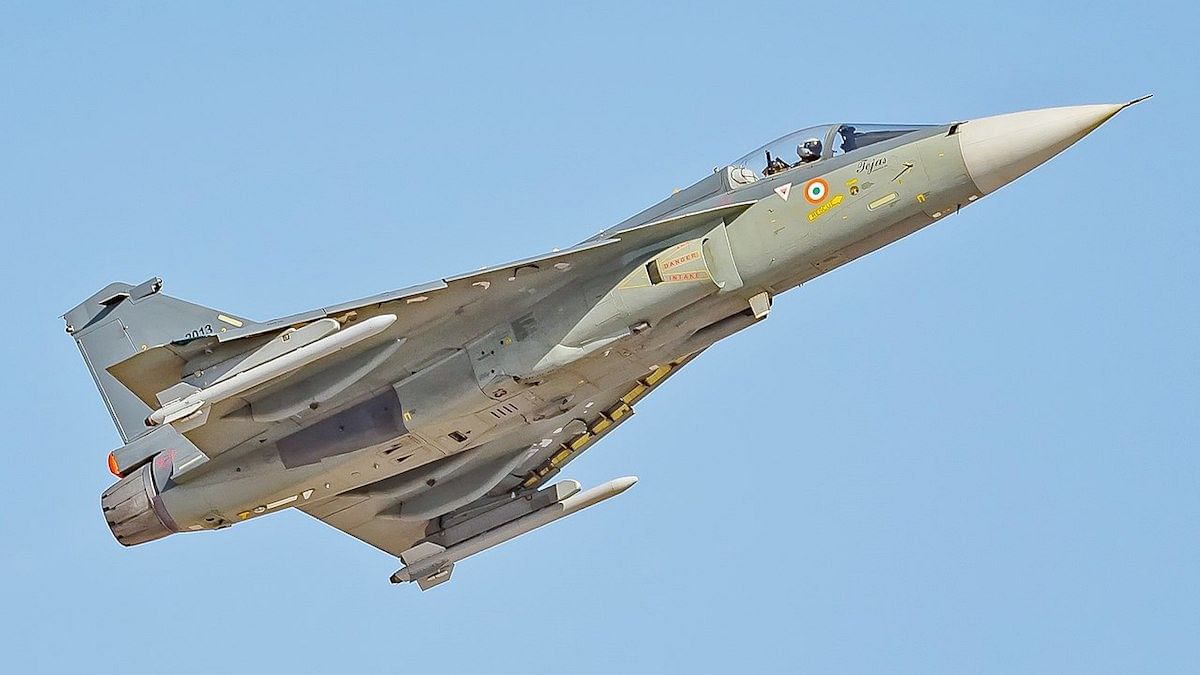
India’s state-owned Hindustan Aeronautics Limited (HAL) is gearing up for a new phase of production as it plans to begin deliveries of the upgraded Tejas Mk1A aircraft from February 2024 onwards. The company’s ambition doesn’t stop there, as it aims to secure orders for an additional 50 units of Tejas Mk1A, signalling its commitment to bolstering India’s indigenous fighter aircraft capabilities.
The Indian Air Force (IAF) placed a significant order for 73 Single-Seater Light Combat Aircraft (LCA) Tejas from HAL in 2021, amounting to a cost of approximately ?47,000 crore. This was a crucial step towards enhancing the IAF’s fleet and modernizing its air capabilities. The Tejas Mk1A variant comes with more than 40 modifications compared to its predecessor, the Mk1 variant. These modifications include several significant upgrades that contribute to its advanced combat capabilities.
Continue readingSOURCE: RAUNAK KUNDE / NEWS BEAT / IDRW.ORG

In a significant development for India’s aerospace industry and defence capabilities, Hindustan Aeronautics Limited (HAL) is gearing up for the inaugural flight of the Tejas Mk2 fighter jet by December 2024. The announcement comes from CB Ananthakrishnan, the Chairman and Managing Director (CMD) of HAL, in an interview with Economic Times.
The Tejas Mk2, also known as the Medium Weight Fighter (MWF), is poised to be a game-changer in India’s defence landscape. The aircraft is being developed as a more advanced iteration of the Tejas Mk1, incorporating cutting-edge technologies, enhanced performance, and improved capabilities to meet the evolving needs of the Indian Air Force (IAF).
Continue readingSOURCE: RAUNAK KUNDE / NEWS BEAT / IDRW.ORG

In a move to strengthen its defence capabilities and improve connectivity, Guyana, a South American nation, is exploring avenues for collaboration with India in various defence sectors. Capt. Gerald Gouveia, Guyana’s National Security Adviser, has expressed keen interest in acquiring two Dornier aircraft manufactured by Hindustan Aeronautics Ltd (HAL), along with other defence equipment such as patrol vessels, armoured vehicles, radar systems, and anti-drone technology.
The Dornier 228, a versatile twin-engine aircraft, has garnered Guyana’s attention due to its reputation as a reliable transport solution. HAL produces both transport and 19-seater civilian variants of the Dornier 228, making it an ideal choice for enhancing connectivity and logistics in the region.
Continue readingSOURCE: RAUNAK KUNDE / NEWS BEAT / IDRW.ORG
As India embarks on a journey of bolstering its defence capabilities, one of the most exciting developments on the horizon is the country’s ambitious plans to develop its own High-Altitude Long-Endurance (HALE)-Class Unmanned Aerial Vehicle (UAV). This endeavour, currently under consultation between the Aeronautical Development Establishment (ADE), Hindustan Aeronautics Limited (HAL), and the Indian Tri-service, aims to provide India with a homegrown solution for advanced intelligence, surveillance, and reconnaissance (ISTAR) missions.
The proposed HALE-Class UAV is envisioned to be a state-of-the-art aerial platform that offers a wide range of capabilities, including Intelligence, Surveillance, Target Acquisition, Reconnaissance, and Targeting. With an All-up Weight of 4 to 5 tons, this UAV will be powered by a Turbo Prop engine generating 940 horsepower. This engine configuration is carefully chosen to ensure optimal performance at high altitudes and long endurance missions, allowing the UAV to operate effectively in challenging environments.
Continue readingSOURCE: RAUNAK KUNDE / NEWS BEAT / IDRW.ORG
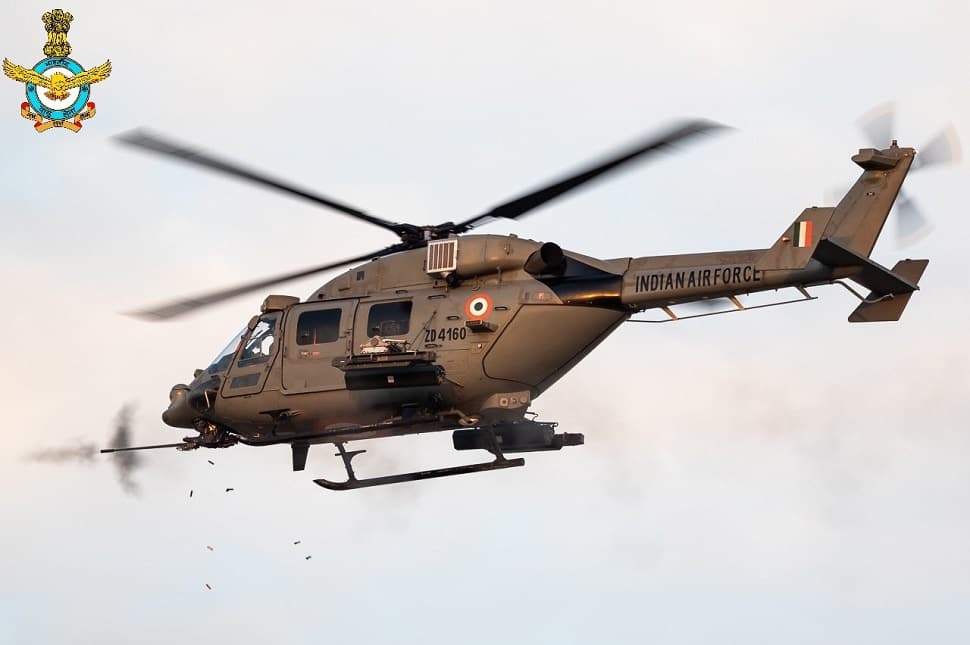
In a significant development for India’s defence and aerospace industry, Hindustan Aeronautics Limited (HAL) which received a Letter of Interest (LoI) from Argentina last month on the procurement of Advanced Light Helicopters (ALH) might eventually see a deal soon. The Chairman and Managing Director (CMD) of HAL, CB Ananthakrishnan, confirmed in a recent interview that Argentina is looking to acquire approximately 16 to 20 units of the ALH, with the potential for even more in the pipeline at a later stage.
The Argentine Army Aviation and Air Force are reported to have combined requirements of nearly 50 ALH helicopters if the deal comes to fruition. This potential deal could mark a significant milestone in India’s defence exports, showcasing the country’s ability to provide high-quality indigenous defence solutions to international partners.
Continue readingSOURCE: RAUNAK KUNDE / NEWS BEAT / IDRW.ORG
In a significant move towards strengthening India’s defence capabilities and achieving self-reliance in the aerospace sector, Hindustan Aeronautics Limited (HAL) is in the process of initiating price negotiations for GE Aviation’s F414INS6 engine. The confirmation comes from none other than CB Ananthakrishnan, the Chairman and Managing Director (CMD) of HAL, in an exclusive interview with Economic Times.
The F414INS6 engine is a critical component of India’s defence infrastructure, intended to power advanced fighter aircraft like the Tejas Mk2. This engine deal not only signifies an important partnership between HAL and GE Aviation but also embodies the essence of technology transfer and knowledge exchange, crucial for the development of indigenous aerospace technology.
Continue readingSOURCE: RAUNAK KUNDE / NEWS BEAT / IDRW.ORG
In a significant move toward enhancing defense collaboration between India and the United States, the Biden Administration has notified the US Congress about its decision to transfer technology for manufacturing GE-F 414 jet engines in India. This technology transfer is intended to support the production of the LCA Mark II aircraft by India’s Hindustan Aeronautics Limited (HAL). The notification, sent to Congress on July 28, signifies a major step forward in advancing India’s defense capabilities and fostering bilateral cooperation in the defense sector.
The deal, valued at approximately $1 billion, involves the full transfer of technology for the GE-F 414 jet engines. As part of the agreement, GE will transfer 80 percent of the technology required for manufacturing the engine in India. This technology infusion will enable India to domestically produce the engines, contributing to the country’s self-reliance and indigenous manufacturing capabilities in the defense sector.
Continue readingSOURCE: RAUNAK KUNDE / NEWS BEAT / IDRW.ORG
)
In a significant development that reflects the growing bilateral defence cooperation between India and Argentina, a delegation of Argentinean military officials recently visited the facilities of Munitions India Limited, a Pune-headquartered Defence Public Sector Undertaking (DPSU).
The visit aimed to explore avenues for potential procurement of Indian-made multi-mode grenades and other small-arm munitions for the Argentinean armed forces.
Continue readingSOURCE: RAUNAK KUNDE / NEWS BEAT / IDRW.ORG
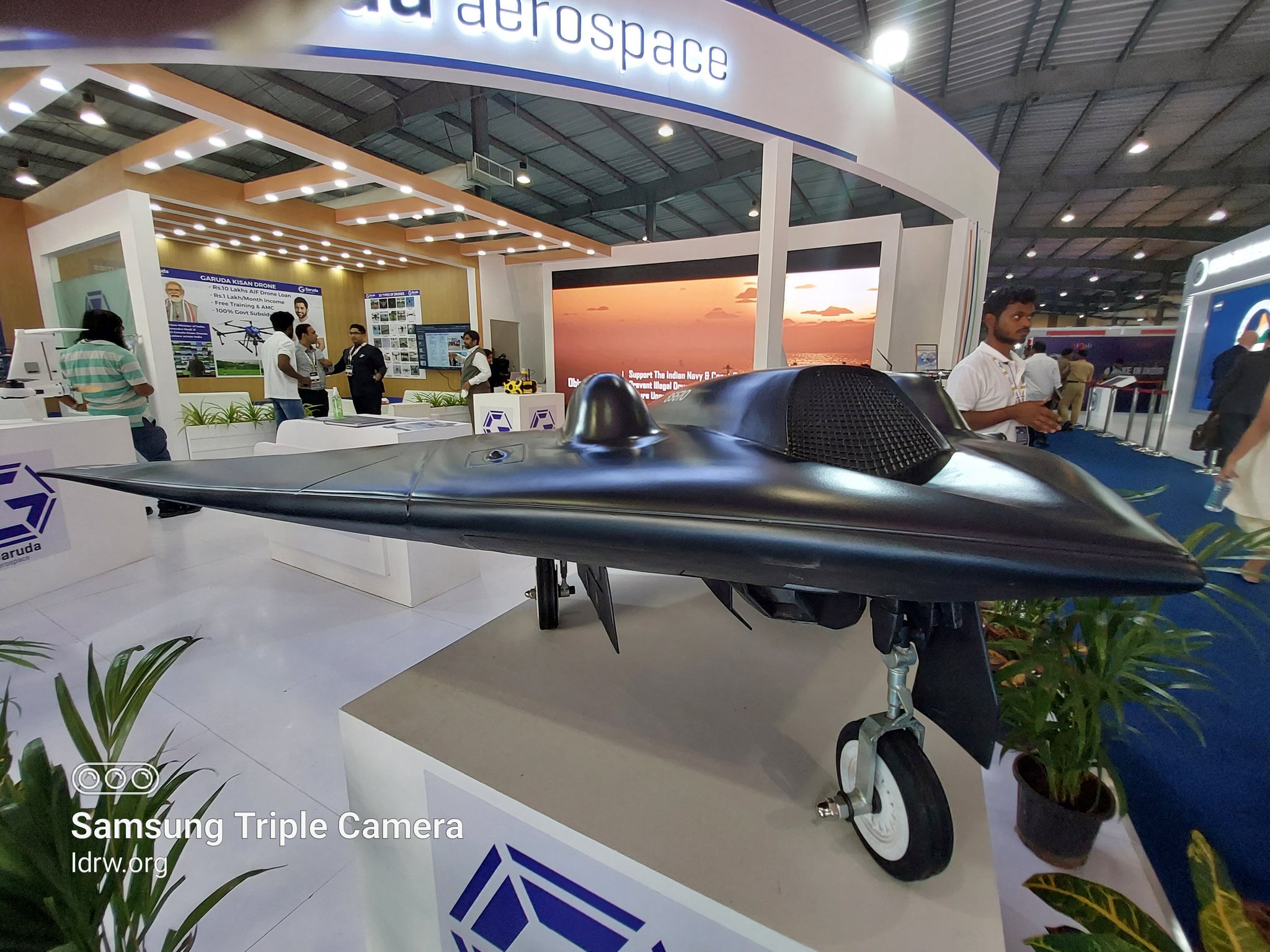
India has taken a significant stride in bolstering its defense capabilities by implementing a ban on the use of Chinese components in the production of military drones by domestic manufacturers. The decision was driven by concerns surrounding security and the need to strengthen indigenous manufacturing in the defense sector. This move not only underscores India’s commitment to self-reliance but also marks a crucial step towards enhancing national security.
The decision was a result of two rounds of deliberations between the Indian government and drone developers. The ban is a response to the growing realization of the potential risks associated with using components sourced from countries that may have interests in accessing sensitive information.
Continue readingSOURCE: RAUNAK KUNDE / NEWS BEAT / IDRW.ORG
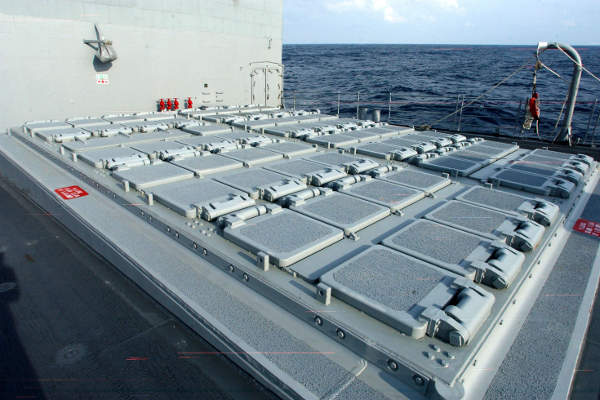
The Defense Research and Development Organisation (DRDO) for a while has been working on a new Long Range Anti-Ship Missile (LRAShM), is poised to revolutionize India’s naval capabilities.
The LRAShM is a game-changing quasi-ballistic trajectory Anti-Ship Missile (AShM) that is currently under fabrication and is scheduled for testing in early 2024. The missile boasts an impressive range of 1500 kilometers, making it a formidable force in combating maritime threats in both littoral and open sea regions.
Continue reading